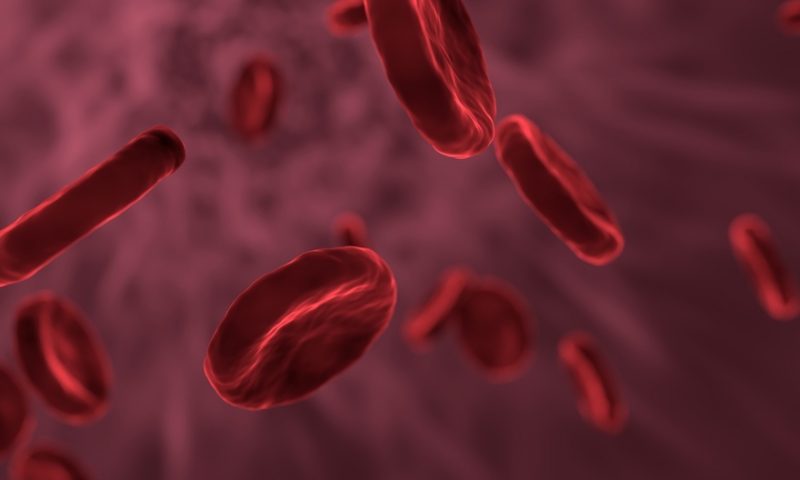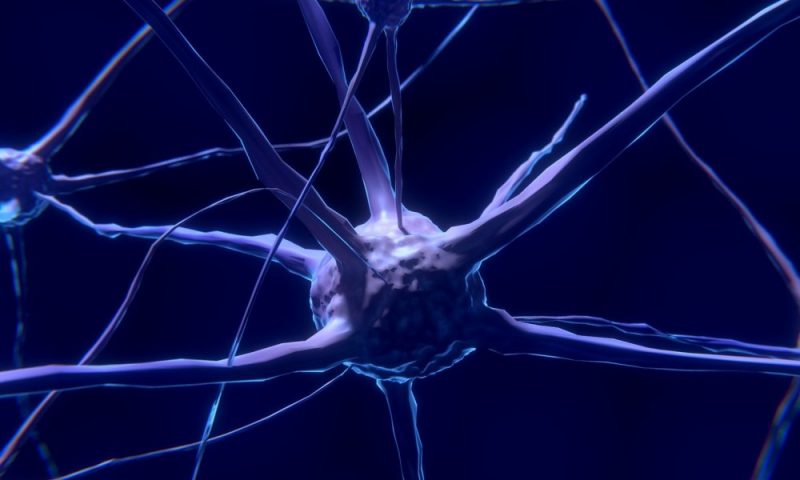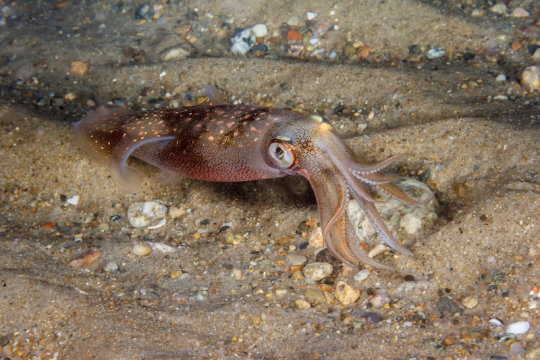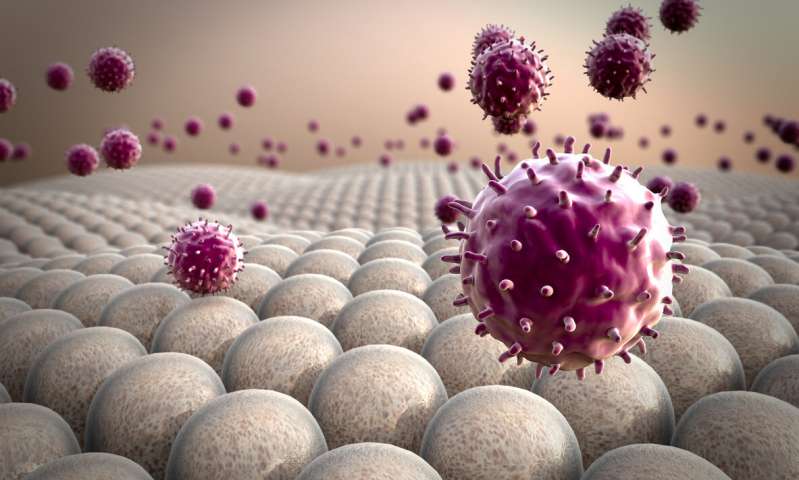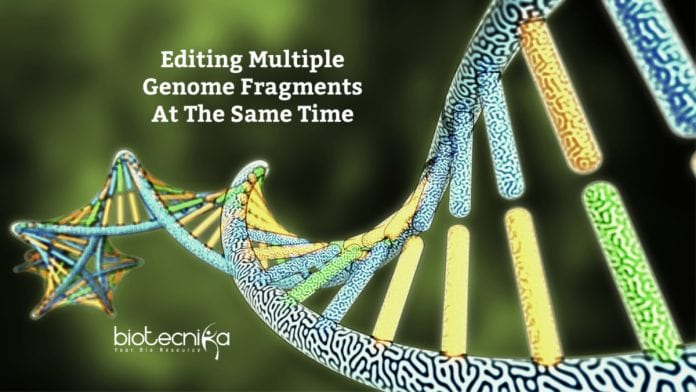10-year coronary stent outcomes similar to bypass surgery, but less durable
In one of the longest studies to date in high-risk heart disease, researchers found no significant difference in death rates over more than 10 years—as well as in cases of heart attack or stroke—between people that had received a drug-eluting stent for their blocked coronary artery compared with those who underwent standard bypass surgery.

